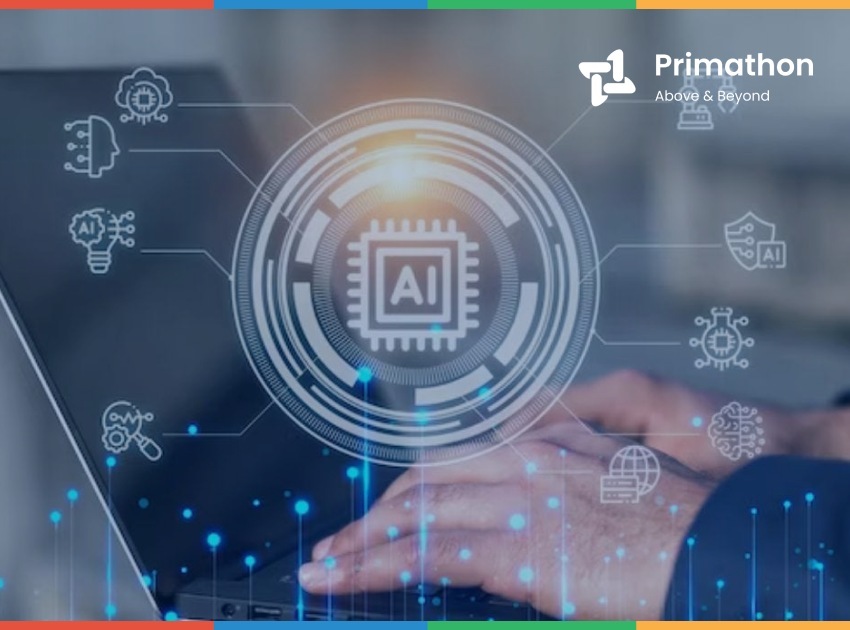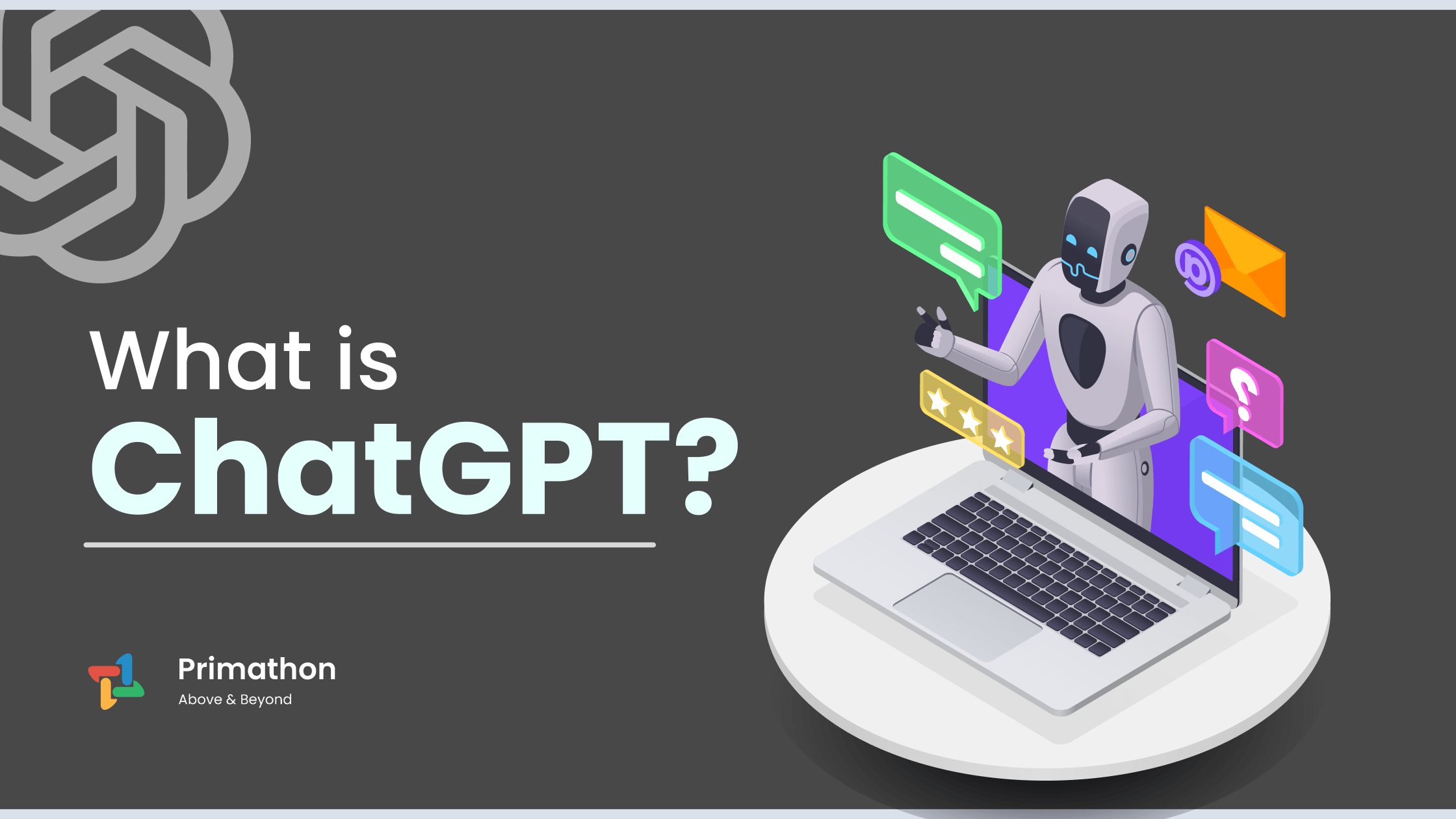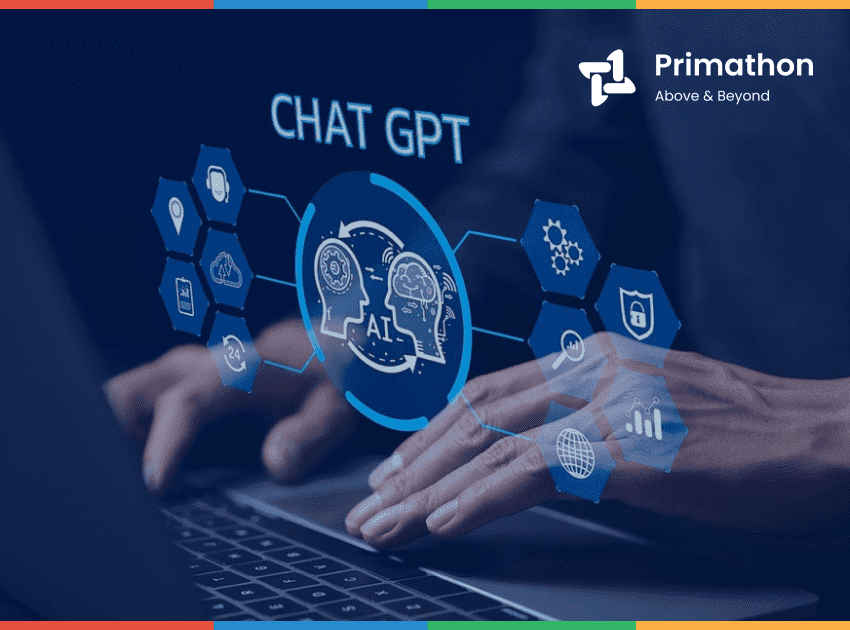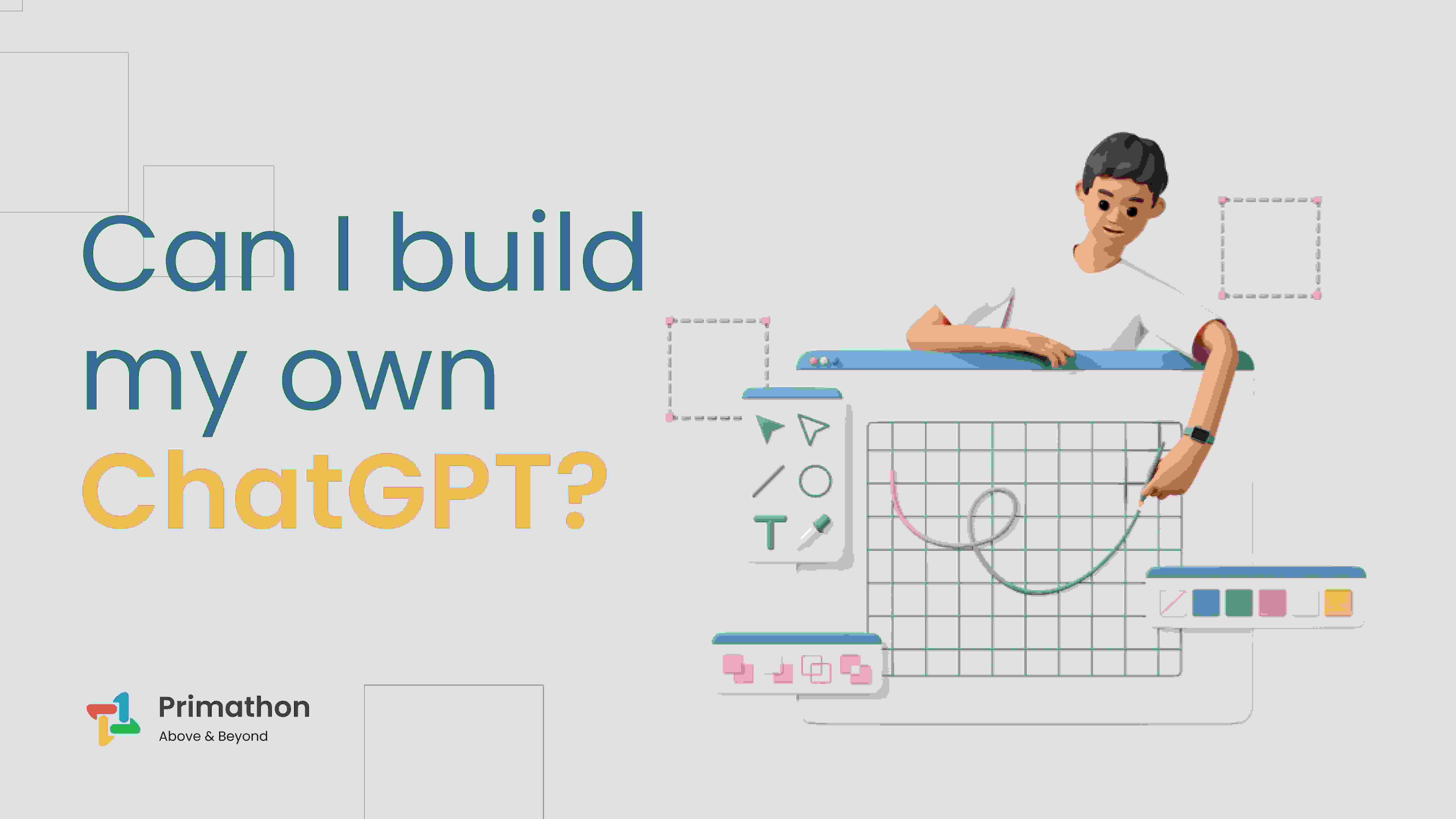
Navigating Risks in Lending with AI
Loans make dreams come true, like starting a business, buying a home, or getting the perfect car. But for lenders, it’s also about managing risk – making sure the money loaned gets repaid. Traditionally, this involved a lot of paperwork, credit checks, and gut feeling. While these methods still have a place, Automated Credit Scoring Systems powered by Artificial Intelligence (AI) are revolutionizing the lending landscape, offering a faster, more efficient, and potentially safer way to assess borrowers. However, with any new technology, there are risks to consider. Let’s explore how AI can be a powerful tool for AI risk management in lending while navigating the potential pitfalls.
AI for Safer Lending:
AI plays a crucial role in ensuring safer lending practices by providing lenders with advanced tools and techniques for risk assessment and fraud detection. Automated credit scoring systems powered by AI can accurately assess borrower creditworthiness, reducing the likelihood of defaults and loan losses. Also, AI can look at money moves as they happen to find bad stuff and stop fake transactions. Using AI for safer loans helps lenders and borrowers stay safe from money problems and makes people trust the loan process more. That’s the promise of AI in lending. Here’s how AI tackles the challenge:
- Beyond the Credit Score: Traditional credit scoring often relies heavily on a single number. AI can look at lots of different info, like how steady someone’s income is, what they spend money on, and even what they do on social media (if they say it’s okay!). This helps lenders know if borrowers can pay back the loan.
- Unleashing the Power of Patterns: AI excels at identifying patterns in vast datasets. By looking at past loan info, AI can learn what good borrowers do and what makes others more likely to not pay back loans. This helps lenders choose better who to lend money to and decide how much interest to charge.
- Fraud Fighters: Fraudulent loan applications can be a major headache for lenders. AI can look at loan requests right away and find strange things that might be scams, like things that don’t match up or seem like tricks that scammers use. This protects lenders’ funds and ensures that the right individuals receive loans.
AI Risk Management:
AI risk management tools provide fresh methods to spot, grasp, and reduce risks in loans. They can catch potential fraud, assess loan risk, and detect patterns of risky behavior. Additionally, AI risk management systems can oversee loan groups, identify early signs of trouble, and recommend ways to lower risk before it escalates. Utilizing AI for risk management aids lenders in understanding market trends, adapting to financial shifts, and maintaining healthy loan portfolios. However, it’s crucial to handle the risks associated with AI usage cautiously. Here’s how:
- Human Oversight Remains Key: AI shouldn’t replace human judgment entirely. Lenders should use AI as a tool to enhance their decision-making, not a substitute for experienced loan officers who can analyze individual circumstances and provide personalized service.
- Steer Clear of Bias: The effectiveness of AI algorithms heavily on the quality of the data they are trained with. If the data is biased, the AI system could inherit that bias and make unfair lending decisions. Lenders need to ensure their AI systems are trained on diverse datasets to minimize bias and promote fair lending practices.
- Transparency Matters: Borrowers have a right to understand how AI is used in the loan approval process. Lenders should be transparent about the factors AI considers when evaluating loan applications and provide clear explanations if a loan is denied.
Read More: Use of AI in Fintech: Let’s Explore How AI is Revolutionizing Finance Industry
AI in Credit Decisions:
Automated credit scores use smart computer programs and predictions to figure out if someone can be trusted to pay back a loan. They look at things like how someone has used credit before, how much they earn, and how much debt they have compared to their income. Unlike traditional credit scoring methods that rely on manual review and subjective judgment, automated systems can analyze large volumes of data in real-time, identify patterns, and generate accurate credit scores quickly and efficiently. AI speeds up and improves loan decisions, leading to more approvals and lower risks of loans not being repaid. Using AI in credit decisions offers a win-win situation for both lenders and borrowers. Here’s how it can benefit everyone:
- Faster Loan Decisions: AI can streamline the loan application process, allowing lenders to make quicker decisions. This means borrowers don’t have to wait weeks or even months to find out if they’ve been approved.
- More Loan Options: By using a wider range of data points, AI can potentially open up lending opportunities for individuals who might not qualify for traditional loans based on credit score alone. This can help promote financial inclusion and give more people access to the credit they need.
- Reduced Errors: AI can significantly reduce human error in the loan approval process, ensuring that loans are approved for qualified borrowers and minimizing the risk of defaults. Both lenders and borrowers benefit from these practices in the long term.
AI to Prevent Credit Fraud:
Credit fraud is a significant concern for lenders, as fraudulent activities can result in substantial financial losses and damage to reputation. AI-powered fraud detection systems are a good way to stop credit fraud. They look at money moves, find strange things, and mark suspicious stuff right away. Smart AI systems can keep learning new tricks to stop fraud before it happens. They make fewer mistakes and work well, making it easier for lenders to catch fraud. Fraudulent loan requests are a big problem for lenders. Here’s how AI can help:
- Real-Time Fraud Detection: AI can analyze loan applications in real-time, identifying inconsistencies in information or patterns associated with known fraudulent behavior. This helps lenders prevent fraudulent loans from being approved and protects them from financial losses.
- Safer Borrowing Experience: By deterring fraudulent activity, AI can create a safer borrowing experience for everyone. Borrowers can be confident that their information is secure and that they are less likely to encounter fraudulent lending schemes.
Benefits of Automated Credit Scoring Systems and AI Risk Management:
- Improved Accuracy: Automated credit scoring systems and AI risk management solutions offer greater accuracy in assessing credit risk and detecting fraudulent activities, reducing the likelihood of errors and misjudgments.
- Faster Decision-Making: AI-driven risk management systems enable lenders to make faster lending decisions, improving operational efficiency and enhancing borrower satisfaction.
- Enhanced Fraud Detection: AI-powered fraud detection systems can identify suspicious activities and prevent credit fraud in real-time, safeguarding lenders and borrowers from financial harm.
- Proactive Risk Management: AI risk management tools help lenders keep an eye on loans and spot signs of trouble early. This lets them take action to lower risks and keep their loans in good shape.
- Improved Compliance: Automated credit scoring systems and AI risk management solutions help lenders comply with regulatory requirements and industry standards, reducing the risk of penalties and legal issues.
Read More: Building Trust in Financial Forecasting with AI
Conclusion:
Smart computer programs for scoring loans and managing risks are changing how loans work. They give lenders strong tools to lower risks, stop fraud, and make smart loan decisions. Using smart learning tricks and predictions, lenders can understand loan risks better, find fraud as it happens, and keep loans in good shape. As more lenders use AI in loans, the future looks better for safer lending, giving lenders ways to stay safe and keep both lenders and borrowers financially secure.





